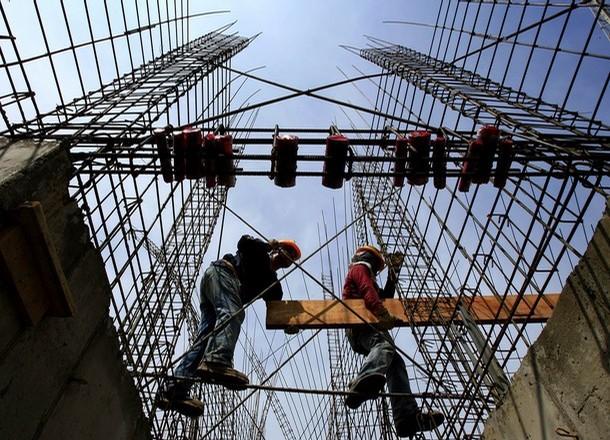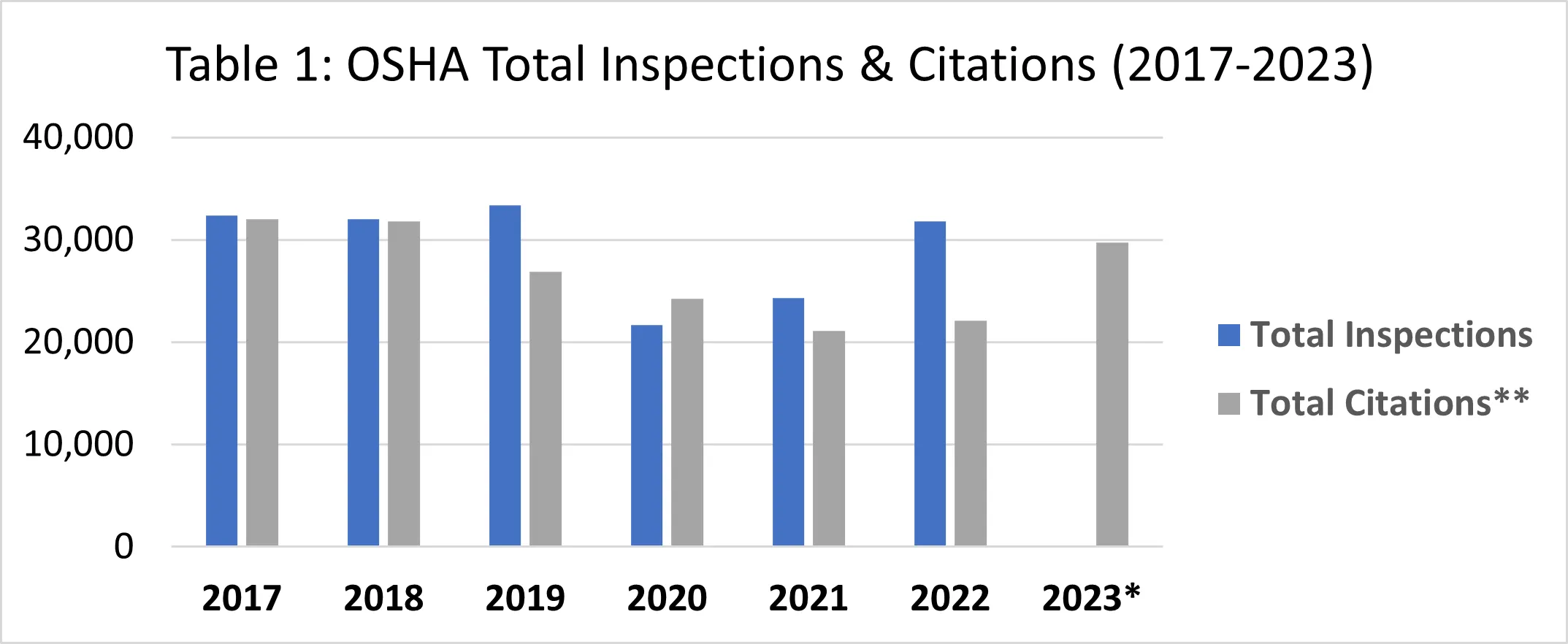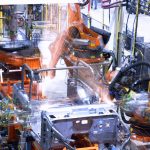
OSHA Top 10 Most Frequently Cited Standards for Fiscal Year 2023
InHot Pick
0
Below is the full ranked list of OSHA’s Top 10 Safety Violations during FY 2023 ending September 30:
- Fall Protection—General Requirements (1926.501): 7,271 violations
- Hazard Communication (1910.1200): 3,213 violations
- Ladders (1926.1053): 2,978 violations
- Scaffolding (1926.451): 2,859 violations
- Powered Industrial Trucks (1910.178): 2,561 violations
- Lockout/Tagout (1910.147): 2,554 violations
- Respiratory Protection (1910.134): 2,481 violations
- Fall Protection—Training Requirements (1926.503): 2,112 violations
- Personal Protective and Lifesaving Equipment—Eye and Face Protection (1926.102): 2,074 violations
- Machine Guarding (1910.212): 1,644 violations
OSHA Top 10 Citations: Recent Trends & Statistics
The OSHA Top 10 Most Frequently Cited Standards for 2023 closely resembles last year’s list, featuring the same familiar Standard violations that we continue to see on the list year after year. However, there are a couple interesting shifts in the rankings compared to 2022, as well as an overall increase in citations and enforcement activities. Here are a few takeaways:
- For at least the past decade, Fall Protection continues to hold the #1 spot on OSHA’s Top 10 for 2023.
- OSHA’s Hazard Communication Standard (HazCom) continues to rank #2 on the list for the second consecutive year (2022-2023), after falling to #4 in 2021.
- OSHA’s Respiratory Protection Standard fell to #7 in 2023, after ranking #3 in 2020 and 2022, and #2 in 2021, presumably due to increased Respiratory Protection Standard enforcement emphasis during the height of the COVID-19 pandemic.
- Citations for OSHA’s Ladders Standard rose from #4 in 2022 to reach #3 in 2023. That rank as steadily risen in the past six years, from 7th and 8th between 2013 through 2016 to consistently ranking 3rd and 4th since 2021.
- Overall numbers of inspections and citations continue to return to pre-COVID-19 pandemic levels and show signs of continued upward trends, perhaps reflecting the increased funding and enforcement efforts at DOL/OSHA under the leadership of the current administration. (See Table 1)








